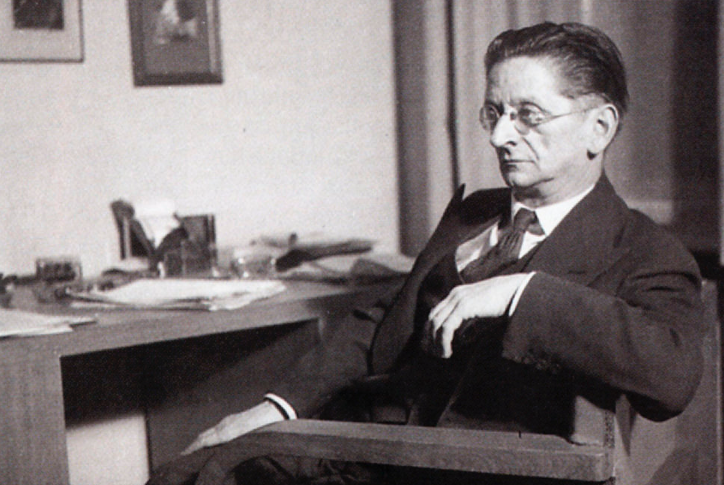
REMEMBERING ZEMLINSKY
If you always yearned to know composers from A to Z, tune in on Alexander Zemlinsky, who spans the extremes.
The long-forgotten Austrian composer Zemlinsky was finally given his due with the S.F. Symphony’s first performance of his tone poem “The Mermaid,” 116 years after its premiere. The Viennese composer had the double misfortune of losing out to Gustav Mahler: musically, standing in his instrumental shadow, and romantically, yielding up the elusive Alma, who married Gustav and left A.Z. in the lurch.
Despite a number of effective operas he wrote like “The Dwarf” (one of the saddest ever), he ended up a conductor fleeing the Nazis and dying in the U.S. in total obscurity, much like Bela Bartok. Maybe, had he not lost out to that dynamo known as Alma—who knows?
As a late romantic composer, Zemlinsky was sidetracked as the world’s musical pendulum swung toward innovation. His big tone poem, intended to surpass even Strauss’ “A Hero’s Life,” opulent and lustrous as it is, came too close to the end of an era. How big exactly? When the S.F. Symphony played “The Mermaid” over the weekend, it ran a generous 46 minutes.
He was inspired by Hans Christian Andersen’s 19th-century little-mermaid tale, but then veered away into a plot-free symphonic realm calling for a large orchestra. His is a very melodious work full of unresolved cadences allowing an ever more meandering path toward each of the three movements’ endings. Its style, spun off around the turn of the century, inspired others writing epic Hollywood movie scenes much later, in the 1930s.
He portrays the tranquility of the deep via ultra-sort high violins, then what might be a mermaid theme played by the concertmaster (Alexander Barantschik). His shimmering, hovering music (at one point with thin tin plates struck softly, later with paired harps) gives way to grand gestures in what may be a storm scene with massive brass, wherein minor keys are almost ignored, in contrast to Mahler. Yes, we hear a few snatches of influence from Wagner as well as Richard Strauss (of the “Arabella” time), with prominence given to the rarely heard bass clarinet (James Simas). The sound and fury receded to extra-soft strings at the end, suggesting that the mermaid either draws away from the scene or finds herself borne off to the heavens.
Credit guest conductor Andrey Boreyko, who loves to dig out neglected repertoire, with the A.Z. coup. Leading without a baton, he showed his best in this work, while the Brahms companion piece still needed some smoothing out at the third and final performance.
The familiar Brahms Piano Concerto No. 2 with the elder statesman of the keyboard Emanuel Ax rounded out the program. This was well-known terrain, and rather heavily pedaled by the soloist. But happily the veteran is as nimble and powerful as ever. The big cello solo of the third movement brought forth Associate Principal Peter Wyrick in his satin-smooth delivery (playing in lieu of veteran principal Michael Grebanier, whom I have not seen or heard for many months).
Ax was so taken by Wyrick’s play that he insisted the cellist share all the bows with him—a rare recognition. And when it came to an encore, Ax and Wyrick collaborated on a short duet based on the same music from the Andante.
ZIGZAGGING THROUGH ZEMLINSKY—Symphony patrons had encountered Zemlinsky a year or two back via his music from “A Florentine Tragedy.” In addition, L.A. Opera had performed his opera “The Dwarf” about a decade ago.
SAN FRANCISCO SYMPHONY under conductor Andrey Boreyko heard April 14 played Brahms and Zemlinsky at Davies Hall, S.F. For SFS info: (415) 864-6000, or go online.